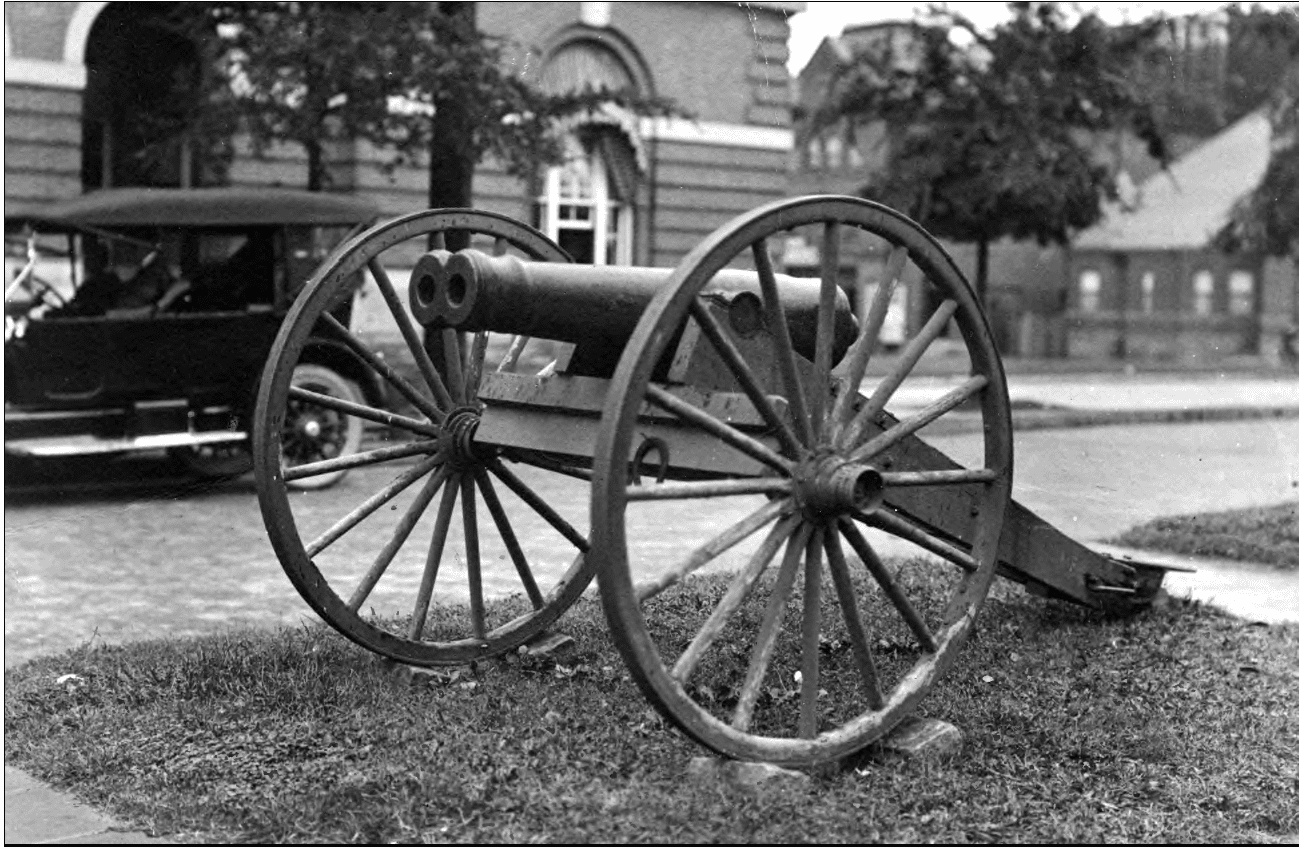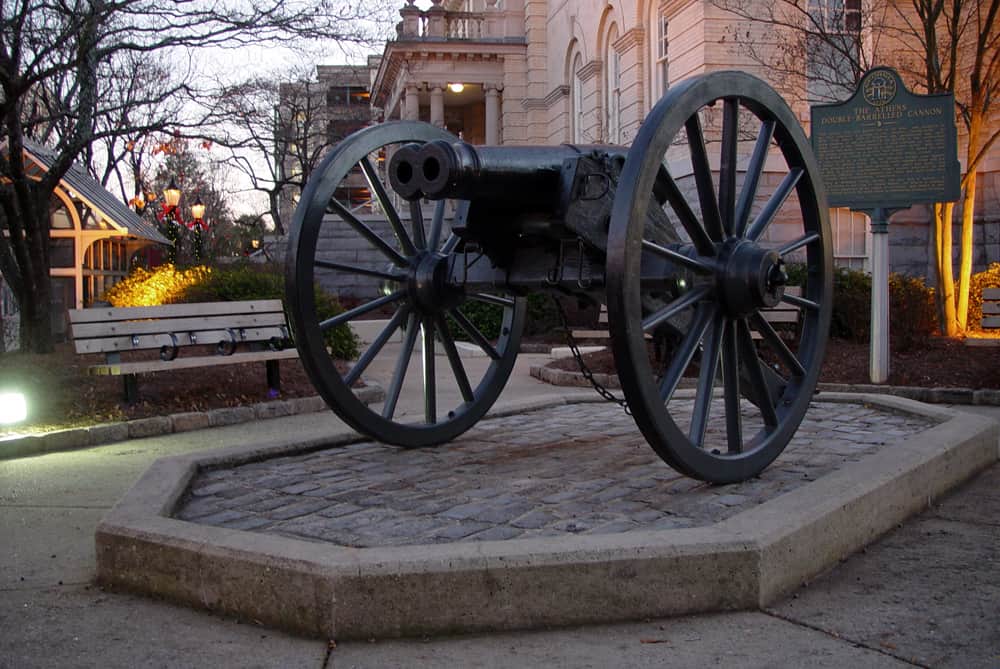
ADVERTISEMENT - CONTINUE READING BELOW
29. A Good Concept That Failed in Practice
Petrini’s idea was good in theory, but it failed in practice. In order to work, the gunpowder in each barrel had to ignite simultaneously – extremely difficult even with modern technology, and nearly impossible back then. A difference of a tiny fraction of a second would send one ball ahead of the other, to whip around the muzzle and scythe the cannon’s crew instead of the enemy. So Petrini dropped the project. However, the concept of a double-barreled cannon continued to crop up from time to time in subsequent centuries, as tinkerers with mayhem on their minds sought to transform it into a practical reality. One such instance occurred in 1862, when a dentist named John Gilleland raised money from the Confederate citizens of Athens, Georgia, to make a double-barreled chain cannon.

ADVERTISEMENT - CONTINUE READING BELOW
It was cast in a single piece, with roughly 3-inch bores that were slightly splayed outward to keep the chain between the balls taut. When tested, Gilleland’s cannon proved devastating – but its devastation was uncontrollable. As a witness recalled, the projectile: “had a kind of circular motion, plowed up an acre of ground, tore up a cornfield, and mowed down saplings. The chain broke, the two balls going in opposite directions; one of the balls killed a cow in a distant field, while the other knocked down the chimney from a log cabin. The observers scattered as though the entire Yankee Army had been turned loose in that vicinity“. Gilleland’s cannon was never used in combat. It sits on display nowadays in front of Athens’ City Hall.

